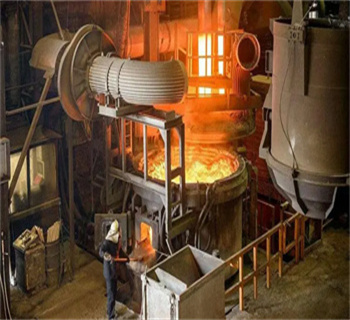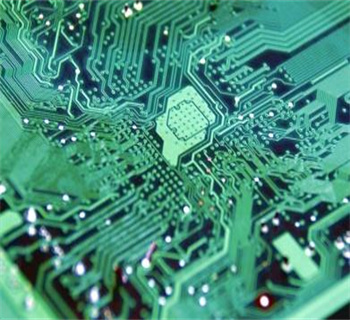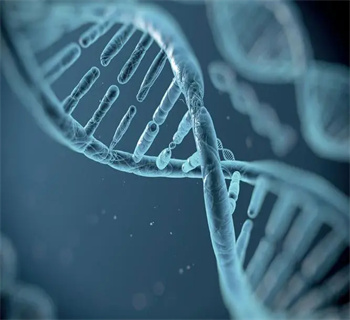Overview of Elementary
Elementary substances, often called chemical elements, are the fundamental building blocks of all matter. These substances cannot be chemically divided into simpler substances and are identified by their unique atomic structure. With over 100 known elements in the periodic table, each elementary substance has unique chemical properties, reactions, and applications. These substances range from common metals like iron and copper to rarer noble gases like helium and xenon. They play an important function in our everyday lives, from the building of materials to the features of our bodies.
Characteristics of Elementary
Uniqueness of Atomic Structure: Each elementary substance is characterized by its unique atomic structure, which determines its chemical properties and interactions.
Pure Form: Elementary substances exist in their purest form, meaning they are composed of a single type of atom.
Chemical Reactivity: Elements vary widely in their reactivity, some being highly reactive (like oxygen and fluorine) while others being relatively inert (like gold and platinum).
Periodic Trends: Aspects arranged in the periodic table exhibit patterns in their physical and chemical residential or commercial properties, allowing for predictions regarding their actions.
Diversity of Properties: Elementary substances span various properties, from conductivity to melting points, making them suitable for diverse applications.
Application of Elementary
Metallurgy: Metals, a subclass of elementary substances, are widely used in metallurgy to produce alloys, which combine the properties of multiple metals to create stronger, lighter, or more durable materials.

Metallurgy
Electronics: Elements like silicon and copper play crucial roles in electronics as semiconductors and conductors in integrated circuits and wires.

Electronics
Energy Production: Carbon, hydrogen, and oxygen are essential in energy production through combustion reactions, releasing energy that powers our world.

Energy Production
Biology: Many elements are vital for biological processes, such as calcium for bone formation and iron for hemoglobin in blood.

Biology
Environmental Science: Understanding the cycling of elements like carbon and nitrogen is crucial for environmental science, helping us mitigate the impact of human activities on the planet.

Environmental Science

Company Profile
NANOTRUN(www.rboschco.com) is a trusted global chemical material supplier & manufacturer with over 12-year-experience in providing super high-quality chemicals and nanomaterials, including boride powder, nitride powder, graphite powder, sulfide powder, 3D printing powder, etc.
The company has a professional technical department and Quality Supervision Department, a well-equipped laboratory, and equipped with advanced testing equipment and after-sales customer service center.
If you are looking for high-quality Elementary, please feel free to contact us or click on the needed products to send an inquiry.
Payment Term
L/C, T/T, Western Union, Paypal, Credit Card etc.

Shipment Term
By sea, by air, by express, as customers request.
FAQ
Q1:
What are some common examples of elementary substances?
Re: Common examples of elementary substances include metals like iron and copper, nonmetals like oxygen and carbon, and semimetals like silicon and germanium. These natural elements have unique residential properties that make them useful in various applications.
Q2:
How do elementary substances differ from compounds?
Re: Elementary substances are composed of a single type of atom, while compounds comprise two or more different types of atoms bonded together. Compounds have unique chemical properties that are distinct from their constituent elements.
Q3:
Why are elementary substances important in science?
Re: Elementary substances are fundamental to science because they are the building blocks of all matter. Understanding their properties and interactions helps us explain and predict the behavior of more complex materials and systems.
Q4:
How are elementary substances used in daily life?
Re: Elementary substances are used extensively in daily life. For example, metals like iron and aluminum are used in construction and automotive industries, while oxygen is essential for breathing and energy production. Carbon is a key component in plastics and fuels.
Q5:
Are there any dangers associated with elementary substances?
Re: While elementary substances are essential for life and many industrial processes, some elements can be harmful or deadly if handled improperly. For instance, radioactive elements like uranium and plutonium pose a significant health risk if not managed safely. Others, like mercury, are toxic even in small quantities. Therefore, it's crucial to handle and dispose of elementary substances responsibly.
-
Item No.: Tr-graphene Graphene is a two-dimensional carbon nanomaterial composed of carbon atoms, which is hexagonal and has a honeycomb lattice.Purity>99%Single layer ratio: 97%
-
Item No.: Tr-Se Selenium powder, chemical formula Se, black gray non-metallic, soluble in concentrated sulfuric acid, chloroform, slightly soluble in carbon disulfide, toxic, insoluble in water and ethanol.Purity>99%Particle Size: 100 mesh, 200 mesh, 325 mesh
-
Item No.: Tr-Sn Tin powder is a silvery-white shiny soft metal (cubic crystal system and cubic crystal system) with ductility.Purity>99.5%Particle Size: 60nm, 100nm
-
Item No.: Tr-Ag solution Nano silver solution is a simple substance of metallic silver prepared with a particle size of 1-100nm.Purity: 100ppm, 1000ppm, 2000ppmParticle Size:
-
Item No.: Tr-Au solution Nano-gold uses high-purity gold as raw material, and the gold is made into a particle size below 15nm through a special new processing technology, which greatly improves the inherent characteristics of gold.Purity: 1000ppmParticle Size: 5-15nm
-
Item No.: Tr-Si Silicon powder is a non-toxic, odorless, non-polluting inorganic non-metallic material. It has good temperature resistance, acid and alkali corrosion resistance, high insulation.Purity(%): >99.95APS(nm)
-
Copper bar is one of the main varieties of copper processing materials.Copper bar is an indispensable conductive material for the manufacture of motor windings, high and low voltage electrical appliances, switch contacts, and wires for power distribution
-
Item No.: Tr-Cu Copper powder is widely used in powder metallurgy, electric carbon products, electronic materials, metal coatings, chemical catalysts, filters, heat pipes and other electromechanical parts and electronic aviation fields.Purity>99.9%Particle size: 50nm
-
Item No.: Tr-Fe Nano-iron is a superfine iron ion laser beam through variable current equipment fumed, product powder uniform particle size, narrow particle size distribution, high purity, low carbon, sulfur, phosphorus and other harmful elements.Purity>99.9%
-
Item No.: Tr-B Boron powder is black or silver-gray solid. Crystal boron is black, second only to diamond in hardness, and has a relatively brittle texture.Purity>95%Particle size: 0.8-5um
-
Item No.: Tr-Cr Chromium powder is a silvery-white metal with a slightly dark gray color (body-centered cubic crystal system).Purity>99.95%Particle size: 53-125um(FSSS)
-
Item No.: Tr-Cr02 Chrome chip hard and brittle steel gray bright metal with hardness like corundum and lower melting than platinumPurity>99.95%Product name: chromium flake











